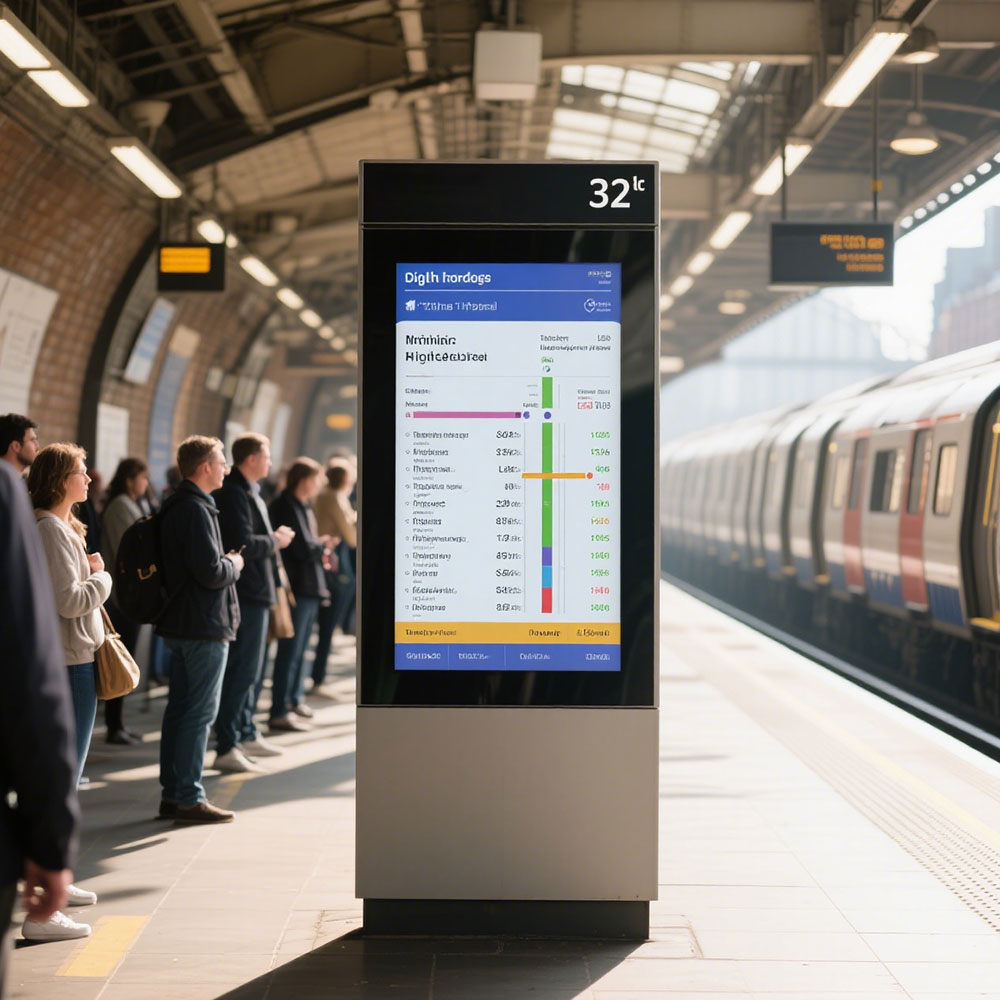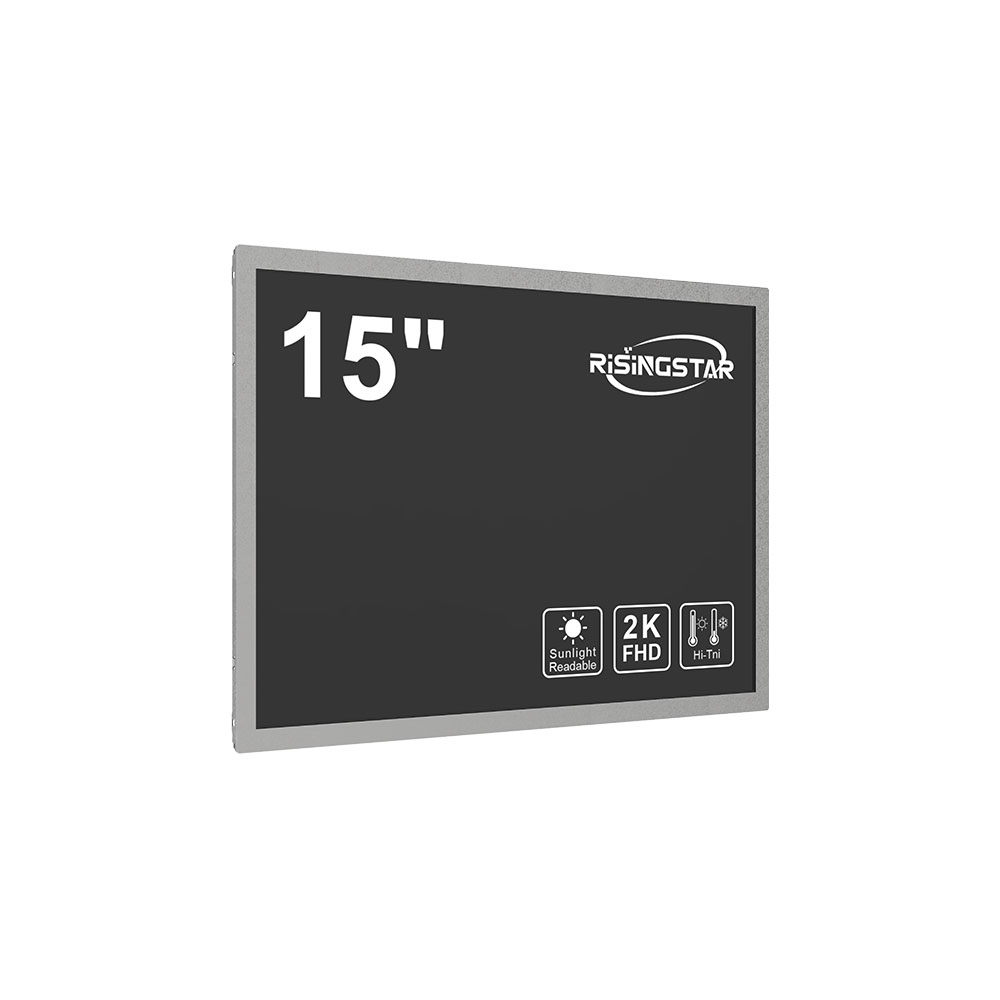When it comes to deploying digital signage in outdoor environments, selecting the right LCD screen is critical—not just for visual impact but for long-term performance under extreme weather conditions. As a professional outdoor display engineer with over 12 years of experience across North America, Europe, and Asia-Pacific markets, I’ve seen firsthand how poor screen selection leads to costly failures. The key lies in understanding three core parameters: brightness, IP rating, and thermal management.
First, brightness must exceed 5,000 nits—industry standard for direct sunlight visibility—especially in regions like Dubai or Los Angeles where ambient light levels often surpass 10,000 lux. Standard indoor screens (300–500 nits) become invisible during daylight hours. For example, a case study from a major retail chain in Singapore showed that upgrading from 2,000-nit to 7,000-nit displays increased customer engagement by 42% during peak sun hours.

Second, the Ingress Protection (IP) rating determines resistance to dust and water. For outdoor installations, an IP65 or higher is mandatory—this means total protection against dust ingress and water jets from any direction. A failed installation in Berlin last year due to inadequate IP protection resulted in short-circuiting after only six months of exposure to rain and humidity. Always verify the manufacturer’s compliance with IEC 60529 standards.

Third, thermal design cannot be overlooked. Outdoor LCDs must operate reliably between -20°C and +60°C without performance degradation. This requires advanced heat dissipation systems such as passive cooling via aluminum heatsinks or active cooling with fans designed for continuous operation in high-temperature environments. According to a 2023 report by the Society for Information Display (SID), over 68% of premature outdoor screen failures are linked to overheating or poor thermal regulation.
In addition, consider environmental certifications like UL 1598 for electrical safety and CE/RoHS compliance for global market access. These ensure the product meets rigorous international safety and environmental standards.
Finally, choose vendors who offer real-world testing data—not just marketing claims. Reputable manufacturers provide third-party lab reports from institutions like TÜV Rheinland or Intertek, which validate brightness, temperature tolerance, and durability under simulated outdoor conditions.
By focusing on these technical specifications rather than price alone, businesses can achieve optimal ROI while ensuring their outdoor displays remain operational for 5–10 years with minimal maintenance.







